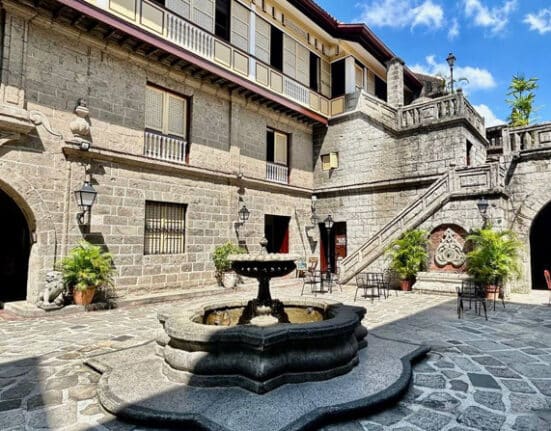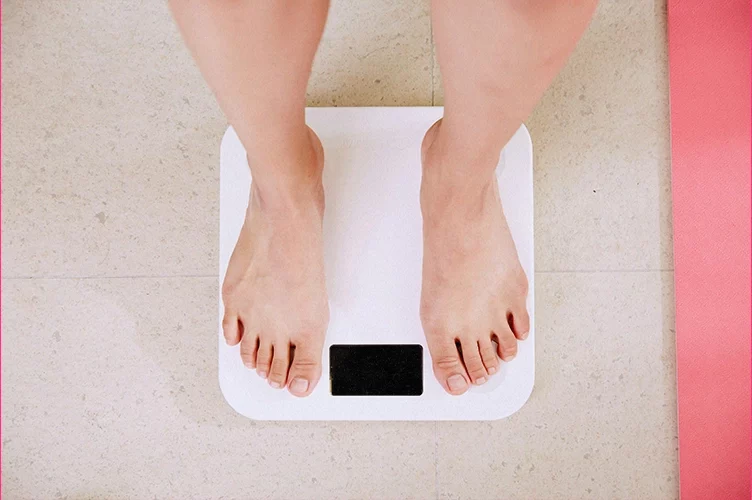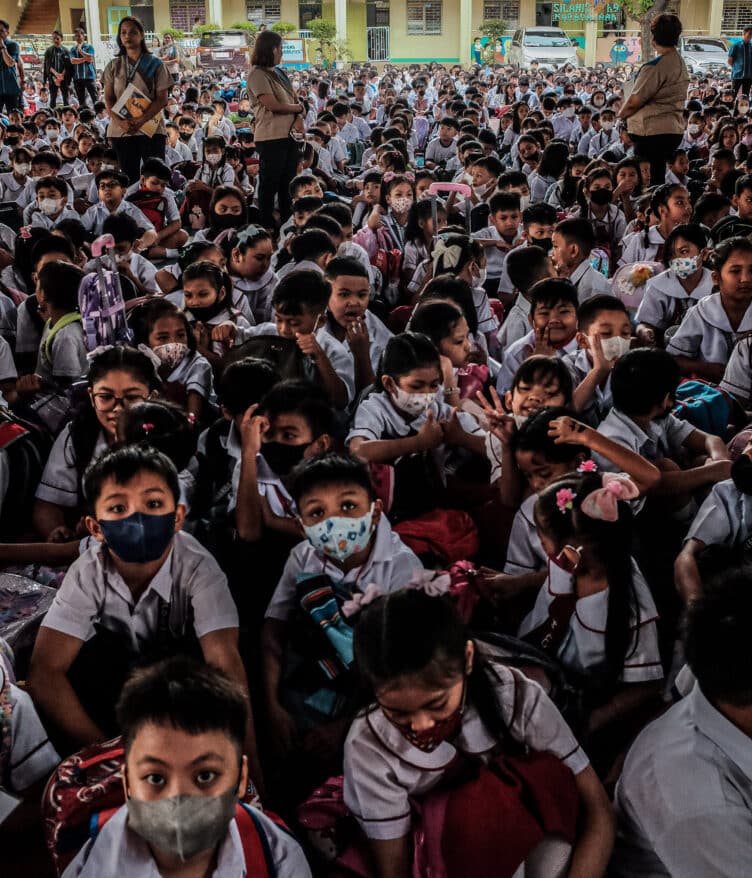THE Walled City of Intramuros witnessed not only the tragedies of the past, but also the rich Filipino culture at the time of the Spanish colonial rule.
Locals and foreign tourists in Intramuros could get to see how affluent Filipino families lived during the colonial era in the heart of the walled city by visiting the Casa Manila Museum.
Through this museum, visitors can have a mixture of Filipino and Spanish-inspired experiences.
According to the Intramuros Administration, a national government agency that is currently taking care of establishments inside the walled city, the front of Casa Manila was designed to resemble the façade of a house that existed in the 1850s in the Chinese neighborhood of Binondo.
Casa Manila’s interior, on the other hand, was intended to reflect the popular style at the turn of the 19th century, during which time European and Chinese artisans produced furniture and other home items.
The sophistication and opulence of Manila houses owned by the wealthy and built in the 19th century can be seen in the painted walls, crystal chandeliers, carved traceries, Chinese porcelain, and gilded furniture of Casa Manila.
Inside the Casa Manila ancestral house
The three-story mansion is accessed through a zaguan, a Spanish term that refers to a corridor that leads from the front door to the patio of the house’s entrance.
Upon reaching the patio of the Casa Manila, museum-goers and visitors can observe details of both Filipino and Spanish architecture inspired by Filipino houses before these were destroyed during the second world war.
The ancestral house turned museum is now divided into different sections, with a cafe, Barbara’s restaurant, souvenir shops, and a newly-opened cafe-restaurant.
Casa Manila also houses Bambike Ecotours, where tourists can rent a bike made out of bamboo and which they can use to roam around Intramuros.
The Museum
Once visitors enter the Casa Manila Museum, they are welcomed by an antique entresuelo, a Spanish architecture term for mezzanine, or an intermediate floor that holds the waiting room for guests and merchants.
On the despacho was where the wealthy people conducted their trading with artisans or traders and discussed business in order to maintain their wealth. The despacho is now commonly known as the office of the business people.
SUGGESTED STORIES:
When to avoid intermittent fasting
Warning: This article contains discussions of eating disorders and body.
From sidewalks to spotlight: BUM Black Army unveils new streetwear collection
True to its commitment to celebrating the youth spirit through.
Marcos amenable to return school opening to June
PRESIDENT Ferdinand R. Marcos Jr. said that he is hoping.
Main hall
The salas of Casa Manila, or the main hall, was where affluent families held their special gatherings during the Spanish colonial era. If a guest is a very important person, they are hosted in the sala; but if they are simple tradesmen, they are entertained in the entresuelo.
Oratorio
Since wealthy Filipino families at the time were devout Catholics, they also had a separate oratorio or a small chapel where the family held prayers daily. According to the Intramuros Administration, the oratorio was painted in a neo-gothic style, while the altar was made of wood and ivory.
Comedor
One of the highlights of the Casa Manila Museum is the actual comedor or the dining room that was typical for wealthy families during the colonial period. The comedor, which features a narra table, can accommodate up to 18 people.
The Cocina
The cocina is the tail-end of Casa Manila Museum, where wealthy families stored cooked meals and leftovers. The dishrack, called the banggera during that time, was where washed utensils were placed to drain under the sun’s heat.
Who can visit?
Tourists who want to visit the attractions inside Casa Manila are required to pay P75 if they are regular visitors, and P50 if they are students, PWDs, or senior citizens.
Casa Manila is open from 9:00 a.m. to 8:00 p.m. on weekdays, and from 6:00 a.m. to 9:00 p.m. during weekends.












